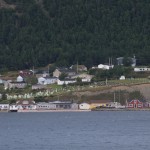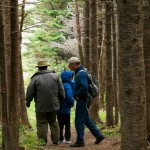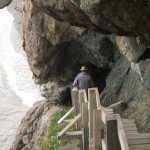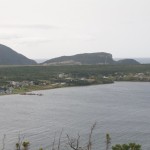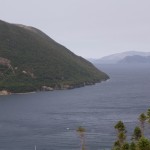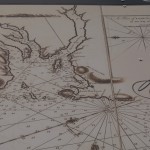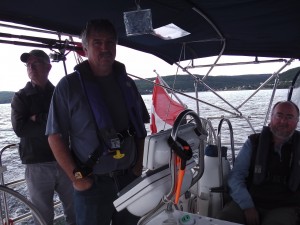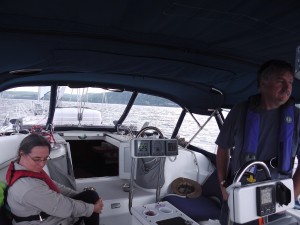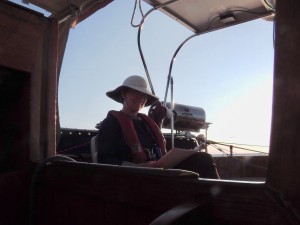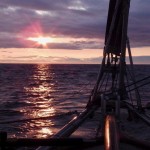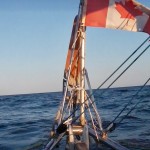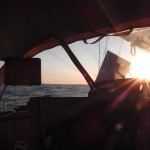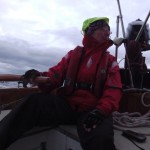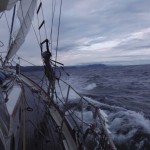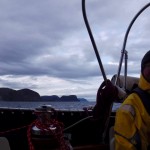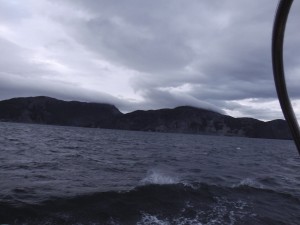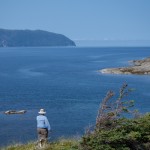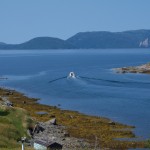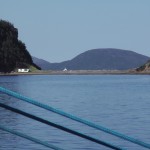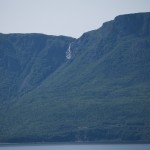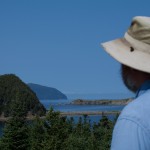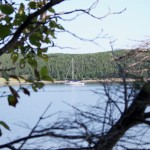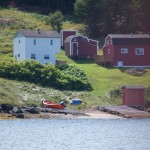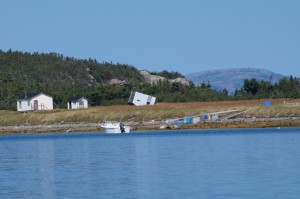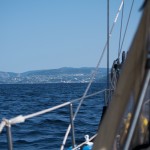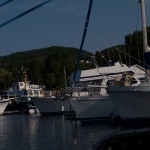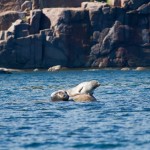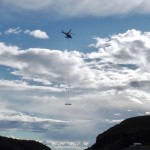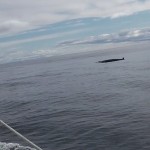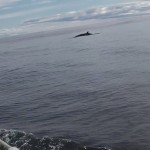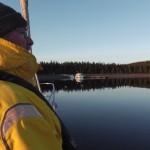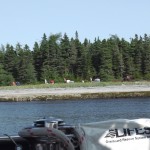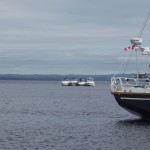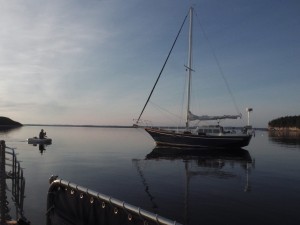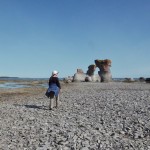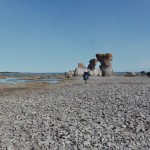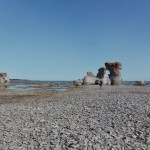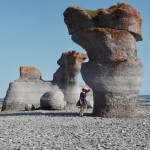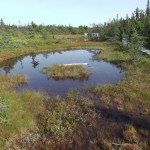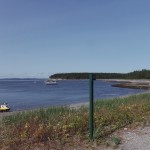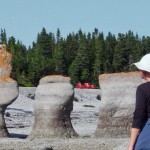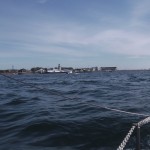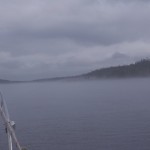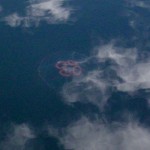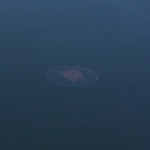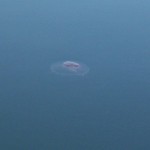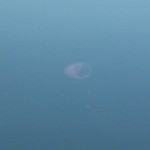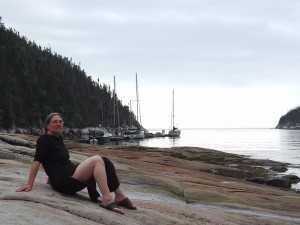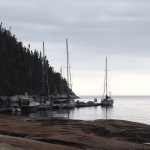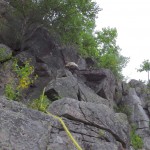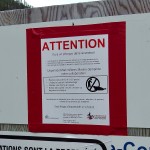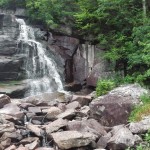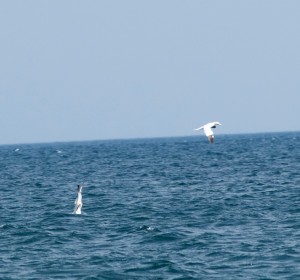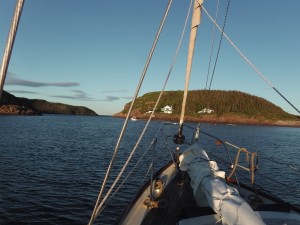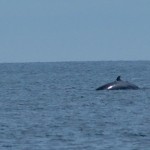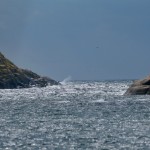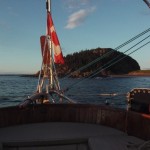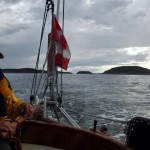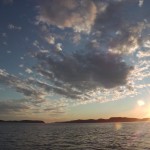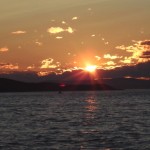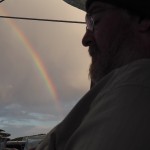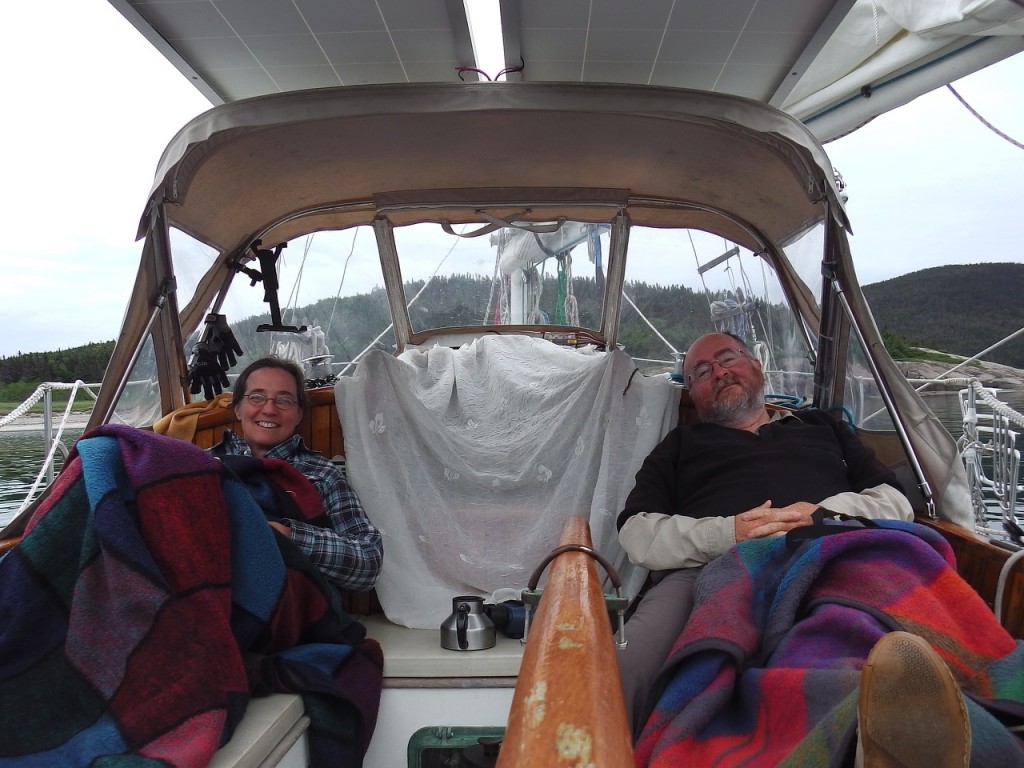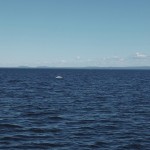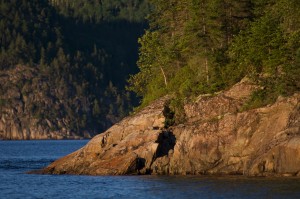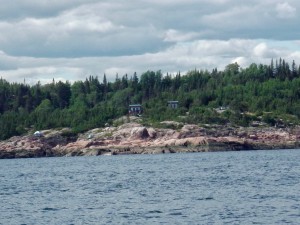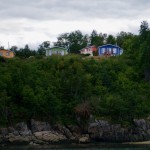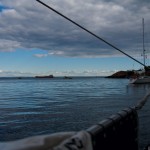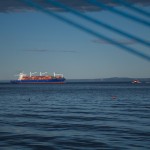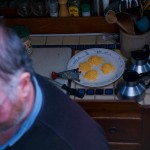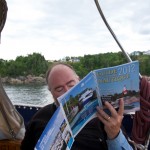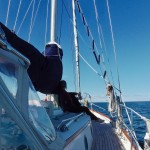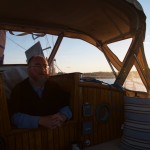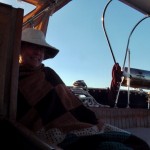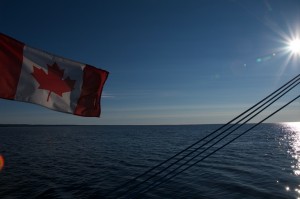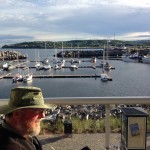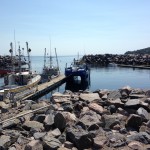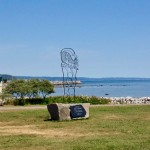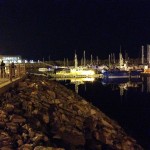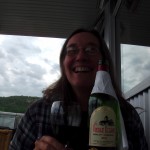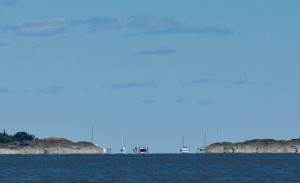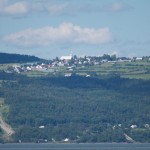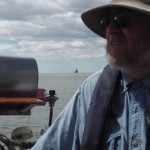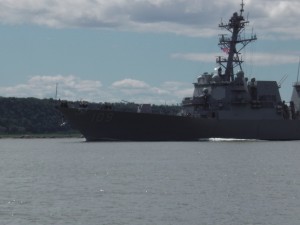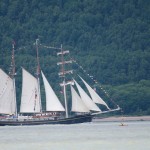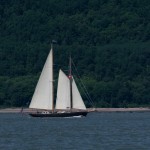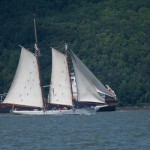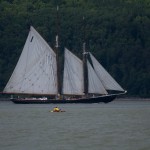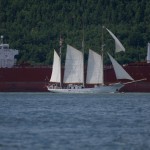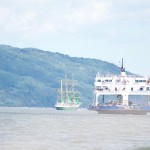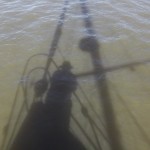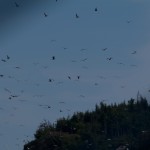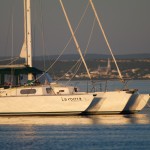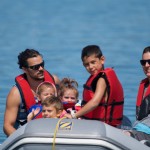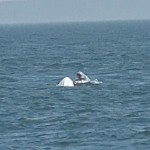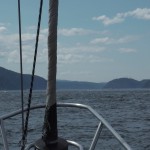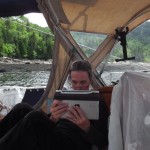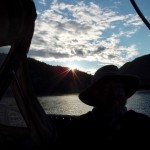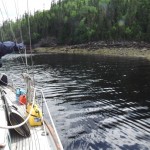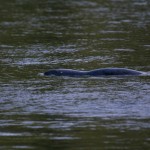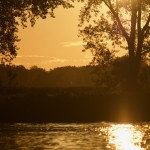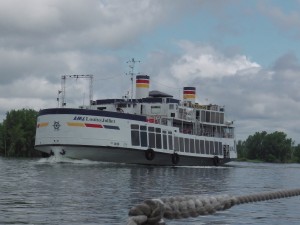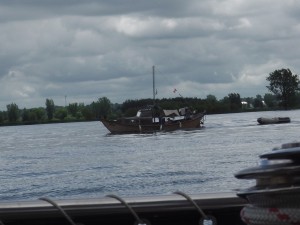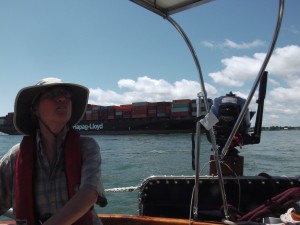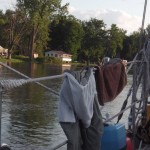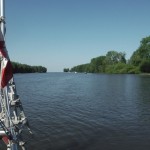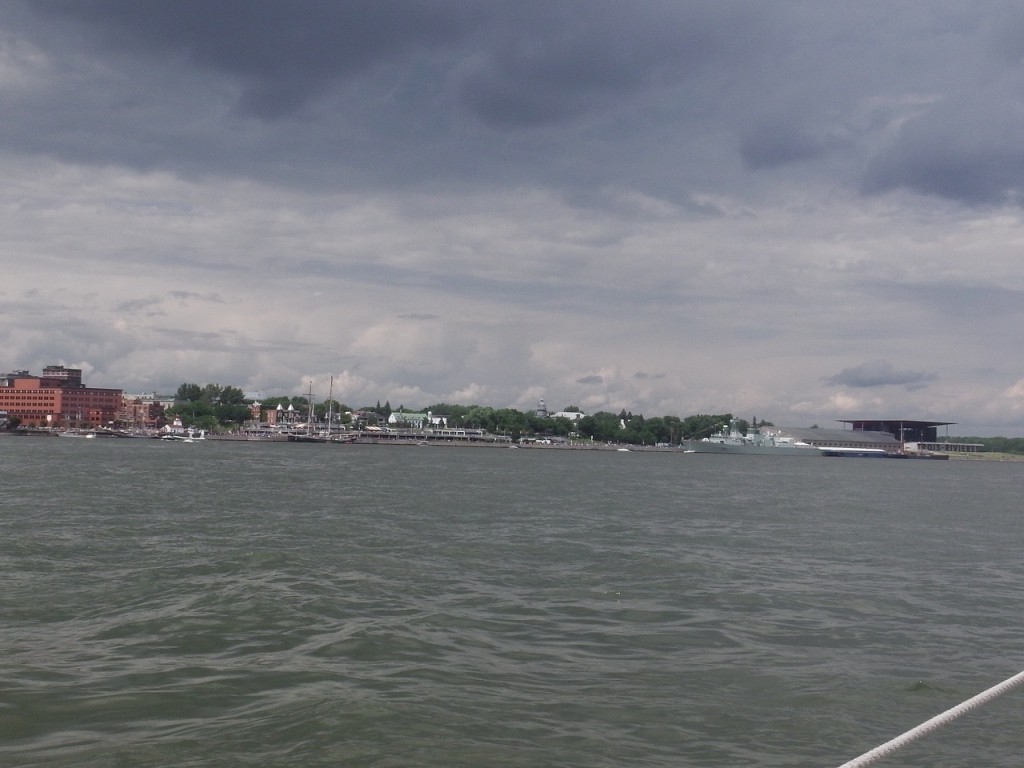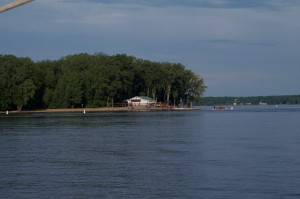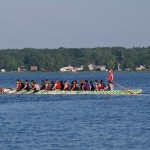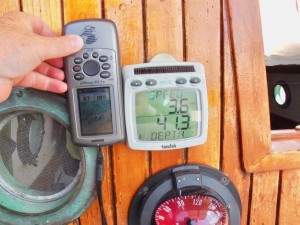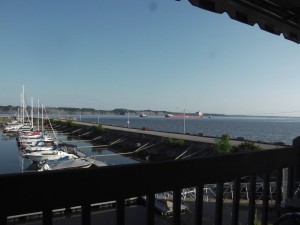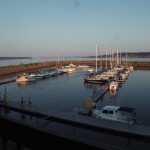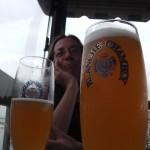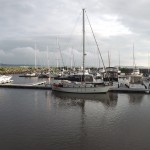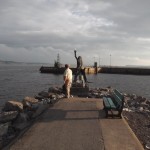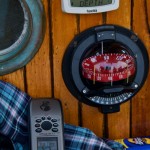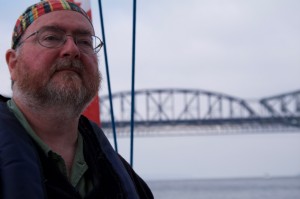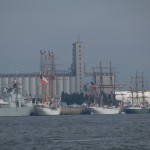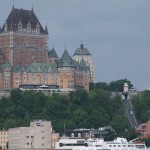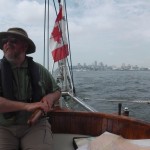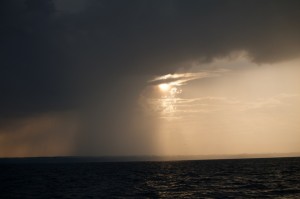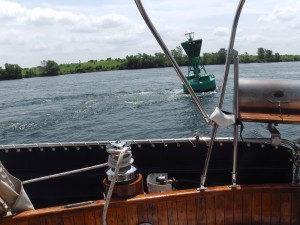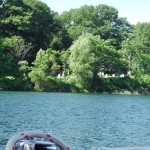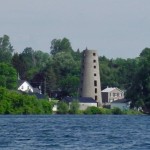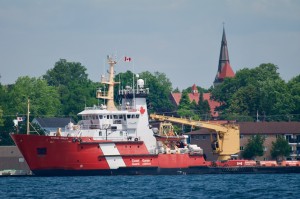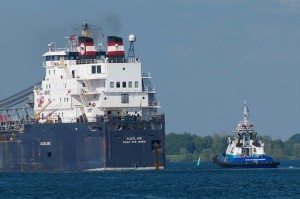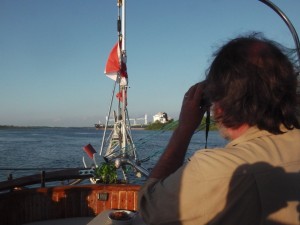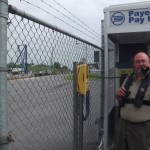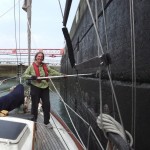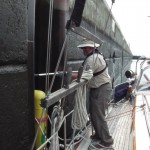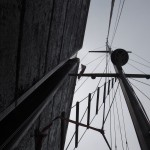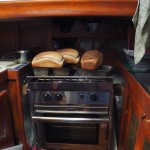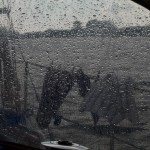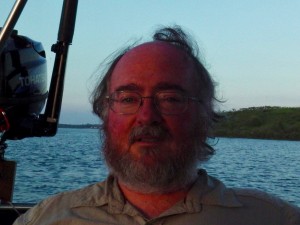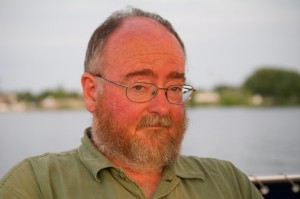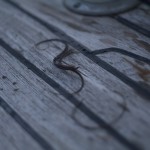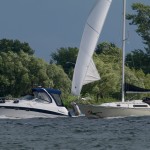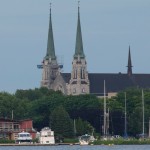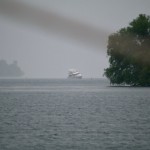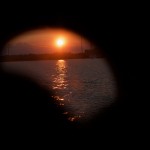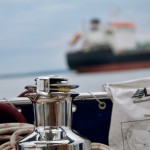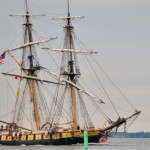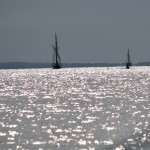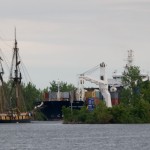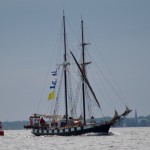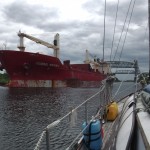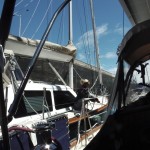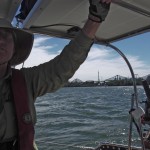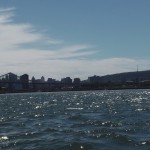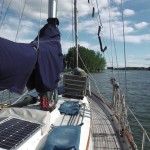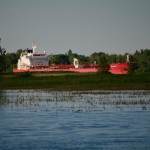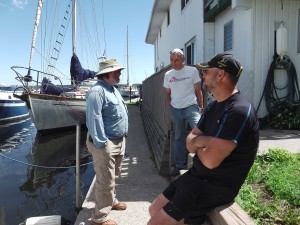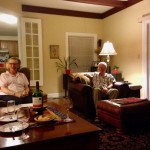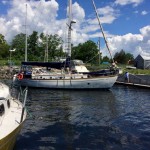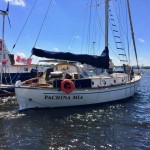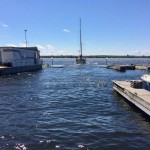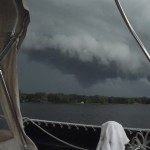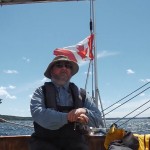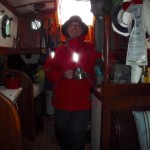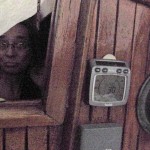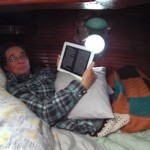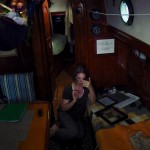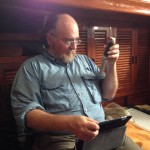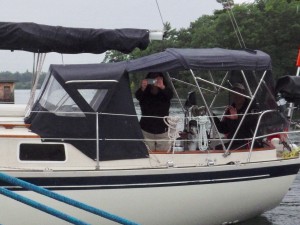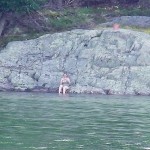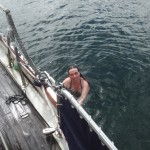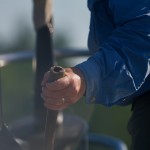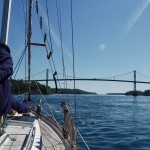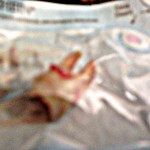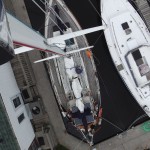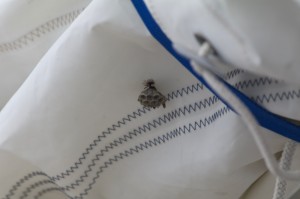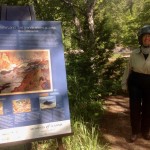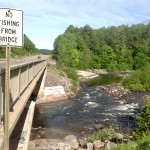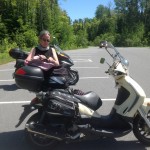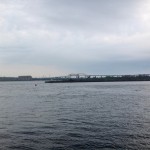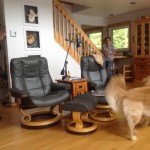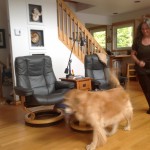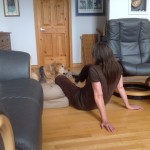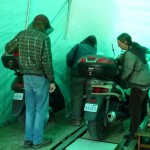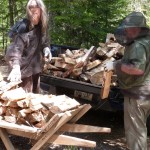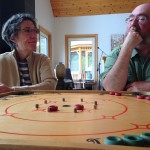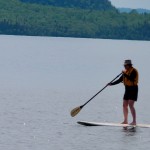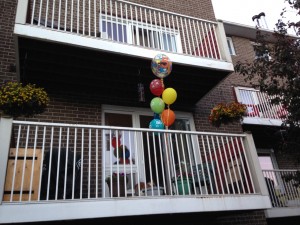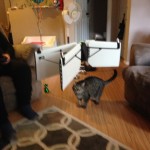… And I’m not just talking about Trump’s UN speech 😉
 It’s been nearly three weeks since we pulled into our new home here in Corner Brook, and tied up to the dock. We were greeted quite literally with many open arms as a 1/2 dozen members stood ready to take our lines and help us dock … I guess they thought I’d be on the helm ;-). As it was, Ann brought us in smoothly and expertly.
It’s been nearly three weeks since we pulled into our new home here in Corner Brook, and tied up to the dock. We were greeted quite literally with many open arms as a 1/2 dozen members stood ready to take our lines and help us dock … I guess they thought I’d be on the helm ;-). As it was, Ann brought us in smoothly and expertly.
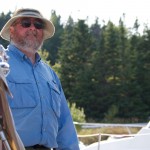 We tied up and spent the next few days getting to know our new home. One thing we learned right away is the fabled Newfoundland generosity is no fable. Within hours we’d been greeted and visited by many members, all asking what they could do for us. When people heard we were without a car we were given the keys to a car (thanks Byron!), and offered many others. And our engine issue was diagnosed, and assistance and parts were offered.
We tied up and spent the next few days getting to know our new home. One thing we learned right away is the fabled Newfoundland generosity is no fable. Within hours we’d been greeted and visited by many members, all asking what they could do for us. When people heard we were without a car we were given the keys to a car (thanks Byron!), and offered many others. And our engine issue was diagnosed, and assistance and parts were offered.
I love this place!
 Unfortunately the leak that was causing us to sink faster than normal turned out to be in the transmission cooler. I had no idea we even had such a thing, but we do. And it also turns out it is a heat exchanger, with sea water flowing on one side and transmission oil on the other. Because it had sprung a leak on the water side, we decided it best not to run the engine much for fear that water might leak into the transmission. I’m not a mechanic, but I believe salt water in a transmission would be bad.
Unfortunately the leak that was causing us to sink faster than normal turned out to be in the transmission cooler. I had no idea we even had such a thing, but we do. And it also turns out it is a heat exchanger, with sea water flowing on one side and transmission oil on the other. Because it had sprung a leak on the water side, we decided it best not to run the engine much for fear that water might leak into the transmission. I’m not a mechanic, but I believe salt water in a transmission would be bad.
 So we’ve sat at the dock all the time, just relaxing and living, and slowly getting the boat ready to haul out. We’ve also started to get the feel for our new little city of Corner Brook. At about 30,000 people, Corner Brook is Newfoundland’s second largest city. It’s a bit of an industrial town with a pulp/paper mill at the core, but the area is stunningly beautiful, and of course the people are amazing. I’m already looking forward to getting back here next season.
So we’ve sat at the dock all the time, just relaxing and living, and slowly getting the boat ready to haul out. We’ve also started to get the feel for our new little city of Corner Brook. At about 30,000 people, Corner Brook is Newfoundland’s second largest city. It’s a bit of an industrial town with a pulp/paper mill at the core, but the area is stunningly beautiful, and of course the people are amazing. I’m already looking forward to getting back here next season.
After about 10 days Marvin from Belleville arrived here with our little red car. He and his girlfriend Tatik (who is visiting from Indonesia), drove it all the way here as part of their Atlantic holiday adventure. We spent the next few days exploring the area by car and foot. This included finding a decomposing carcass of a right whale (sorry, no pics). This is one of the ones that has likely been struck and killed by fast moving freighter traffic in the Gulf of St. Lawrence.
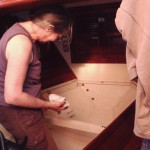
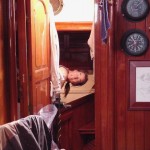 Marvin and Tatik took off to explore some other areas using our little red car as we whiled away the time doing odd jobs, and slowly getting the boat ready for winter. It’s always hard as the season comes to a close; mixed emotions, a sense of ending, plus all the practical aspects of having to take the boat apart while trying to keep it still livable.
Marvin and Tatik took off to explore some other areas using our little red car as we whiled away the time doing odd jobs, and slowly getting the boat ready for winter. It’s always hard as the season comes to a close; mixed emotions, a sense of ending, plus all the practical aspects of having to take the boat apart while trying to keep it still livable.
Happily, one of our new fast-friends let us tag along when he went out to the Woods Island anchorage to sink his mooring for the winter. Ostensibly we were there to help. In reality, all we did was go along for the ride, eat his food, and play with his dog. But it was great to be on the water again.
While awaiting our haul out day we got to know another newcomer to the club: Paul. He came in a few days after us in his 43-foot steel motorsailer. Paul is an incredibly accomplished photographer (Paul Souders) who soloed this large boat all the way to the tip of northern Labrador. Turns out this is a minor adventure in his long and varied career.
It was pretty amazing to hear some of the things he’s done. We shared a beer, and swapped some stories. He says we should take our boat up Labrador next season. We’ll see…
Our time here is rapidly coming to an end now. We plan to haul Pachina Mia out in the next few days. It will likely take us another five or six days to get her all ready for winter, then it’s back to Ottawa for a few weeks of hanging out with mom and sis. After that we’ll slowly make our way north through Thunder Bay and on to Calgary for more family bliss time.

